Some prehistoric animals have remarkably survived millions of years. These ancient creatures provide a direct link to our planet’s distant past, offering fascinating insights into evolution and adaptation. Join us as we explore prehistoric animals that are still alive today.
Horseshoe Crabs

Horseshoe crabs have existed for over 450 million years, making them one of Earth’s oldest creatures. With their hard, domed shells and long tails, they resemble ancient armor-clad warriors. These resilient animals are crucial for biomedical research due to their unique blue blood.
Coelacanth

Once thought extinct, the coelacanth was rediscovered in 1938 off the coast of South Africa. This “living fossil” dates back over 400 million years and has a distinctive lobed-finned structure. Its discovery was one of the most significant zoological finds of the 20th century.
Nautilus

Nautiluses have survived for about 500 million years with their beautiful, coiled shells. These deep-sea dwellers use jet propulsion to navigate the ocean depths. Their unique buoyancy control system allows them to rise and fall in the water with ease.
Jellyfish

Jellyfish have been drifting through oceans for over 500 million years. Their simple, gelatinous bodies and stinging tentacles are remarkably efficient for survival. Some species, like the immortal jellyfish, can revert to their juvenile form, essentially living forever.
Hagfish

Hagfish, also known as slime eels, have been around for about 300 million years. These eel-like creatures produce copious amounts of slime as a defense mechanism. Their unique ability to tie themselves into knots helps them remove slime and escape predators.
Ginkgo Biloba

Ginkgo biloba trees have been around for over 270 million years, surviving mass extinctions and climate changes. These trees are often called “living fossils” due to their unchanged form. Ginkgo leaves are used in traditional medicine and are believed to enhance memory.
Sharks
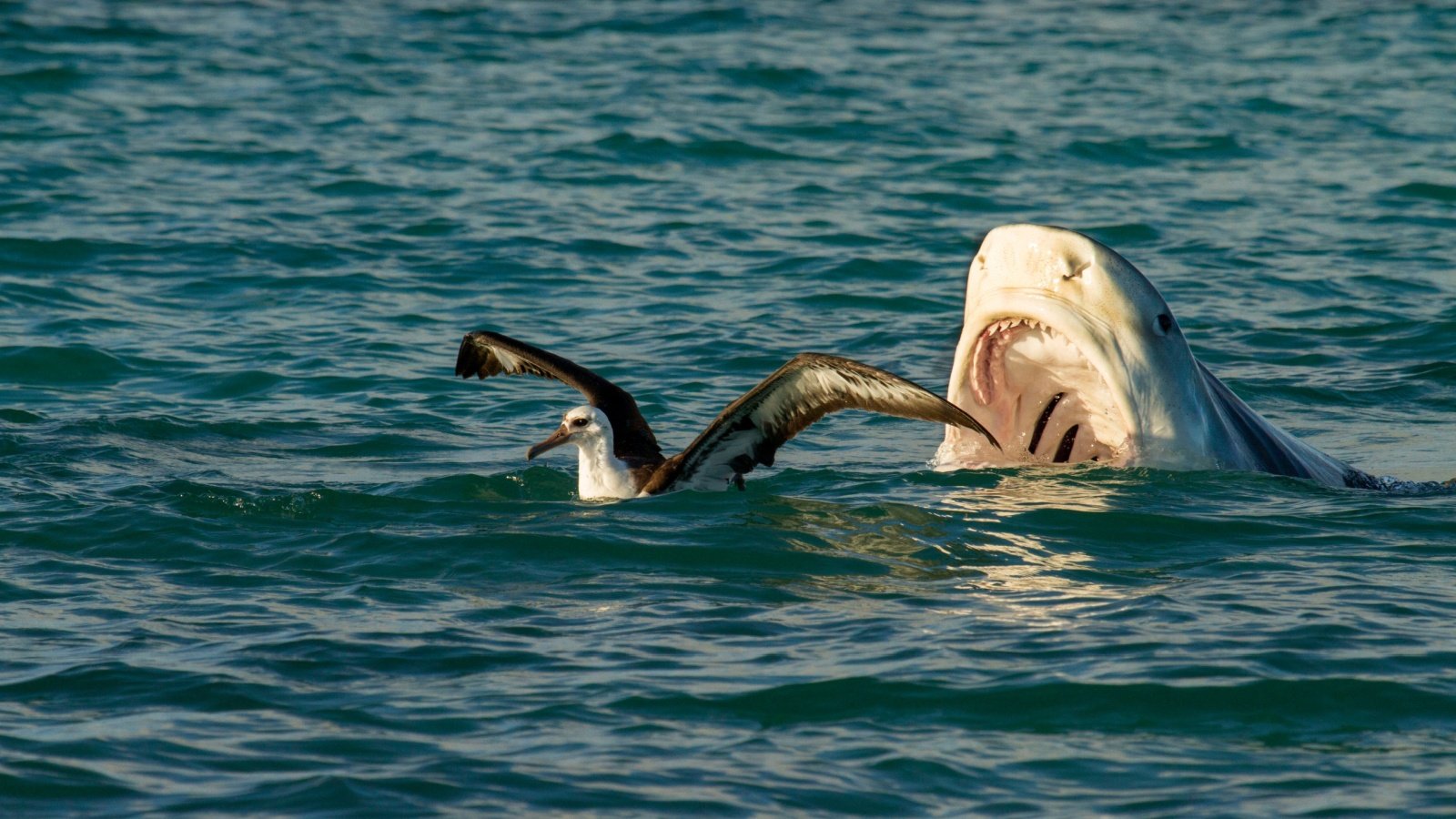
Sharks have been the ocean’s top predators for over 400 million years. Their keen senses and diverse hunting strategies have allowed them to survive multiple mass extinctions. Species like the great white and hammerhead continue to fascinate and terrify humans.
Lampreys

Lampreys, jawless fish with circular, sucker-like mouths, have been around for 360 million years. They attach to other fish to feed on their blood and bodily fluids. Despite their parasitic lifestyle, lampreys play a vital role in aquatic ecosystems.
Dragonflies
Dragonflies have been buzzing around for over 300 million years. These agile flyers have excellent vision, with some species able to see ultraviolet light. Their predatory skills make them effective hunters of insects, both in water as larvae and in the air as adults.
Cycads

Cycads are ancient seed plants that have existed for over 280 million years. Resembling palm trees, these plants have tough leaves and produce large, cone-like structures. Cycads were once a dominant plant group during the age of the dinosaurs.
Velvet Worms

Velvet worms, with their soft bodies and multiple legs, have been around for over 500 million years. These unique creatures capture prey using a sticky slime they eject from their heads. Found in tropical forests, they provide insights into early animal evolution.
Scorpions
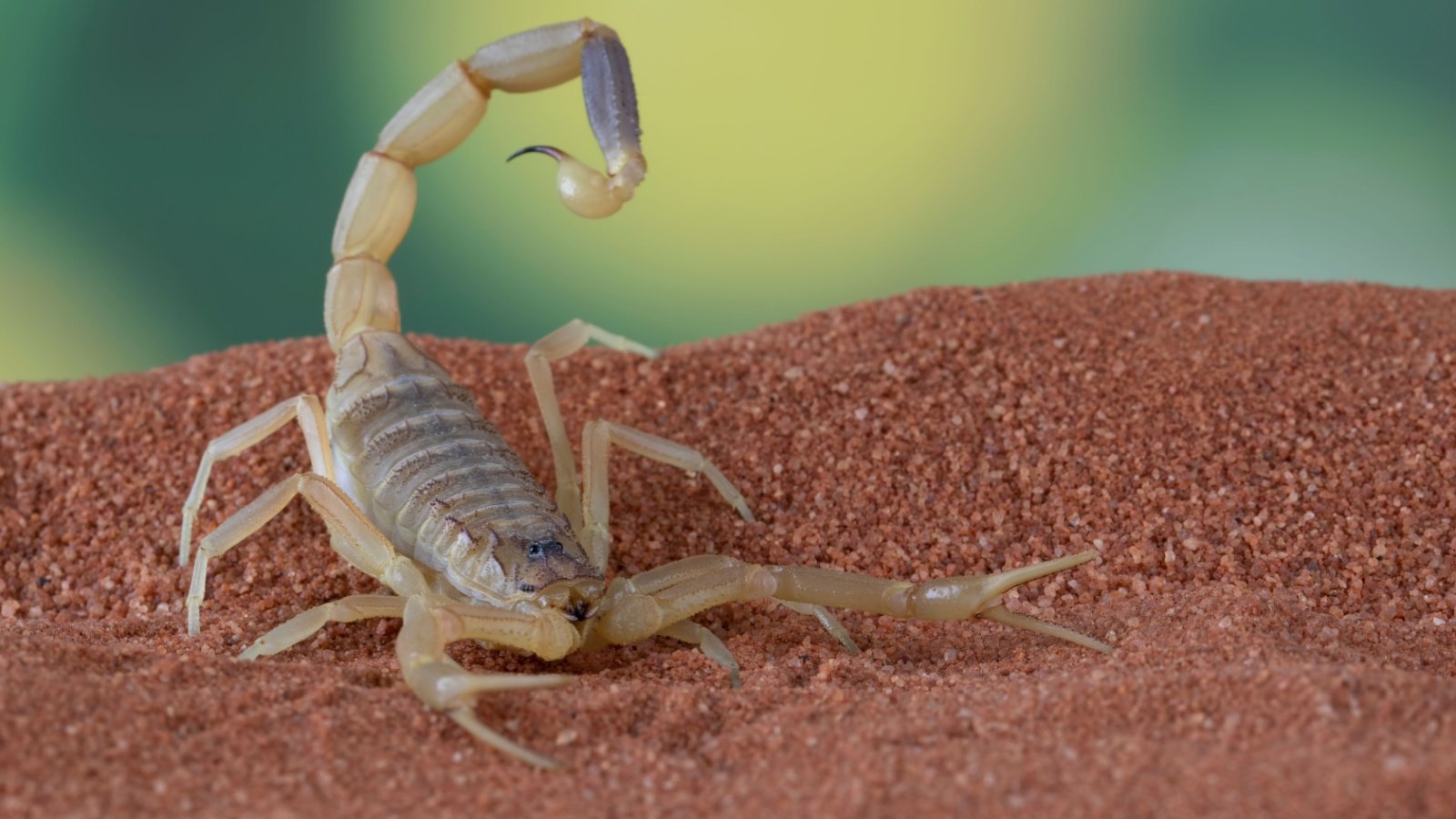
Scorpions have been creeping around for over 430 million years. Their segmented bodies and venomous stingers make them formidable predators. Scorpions have adapted to various environments, from deserts to tropical forests, showcasing their resilience and versatility.
Tuatara

The tuatara is a reptile native to New Zealand, with a lineage dating back 220 million years. It has a third “parietal” eye on its forehead, which is sensitive to light. Tuataras are often called “living dinosaurs” due to their ancient heritage.
Horseshoe Shrimp

Horseshoe shrimp, or tadpole shrimp, have been virtually unchanged for 220 million years. They live in temporary pools and can survive long periods of drought by laying dormant eggs. Their ancient lineage and adaptability make them fascinating study subjects for scientists.
Crocodiles
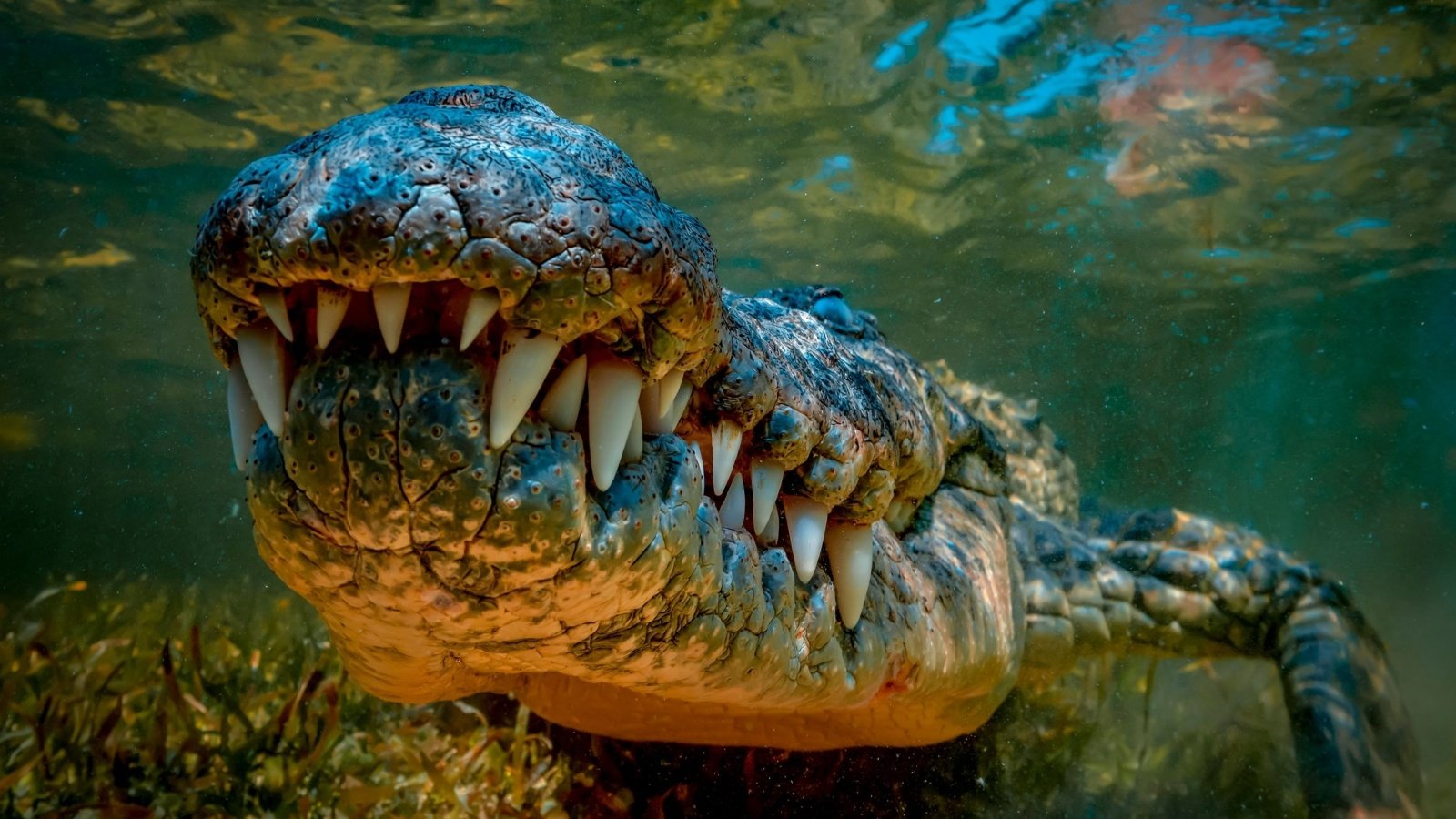
Crocodiles have roamed the Earth for over 200 million years, surviving mass extinctions that wiped out the dinosaurs. Their powerful jaws and stealthy hunting techniques make them apex predators. Found in tropical regions, they are both feared and revered.
Sturgeon

Sturgeons have existed for around 200 million years and are often referred to as “living fossils.” These ancient fish are prized for their caviar, making them targets for overfishing. Conservation efforts are crucial to preserve these majestic giants of the rivers.
Turtles
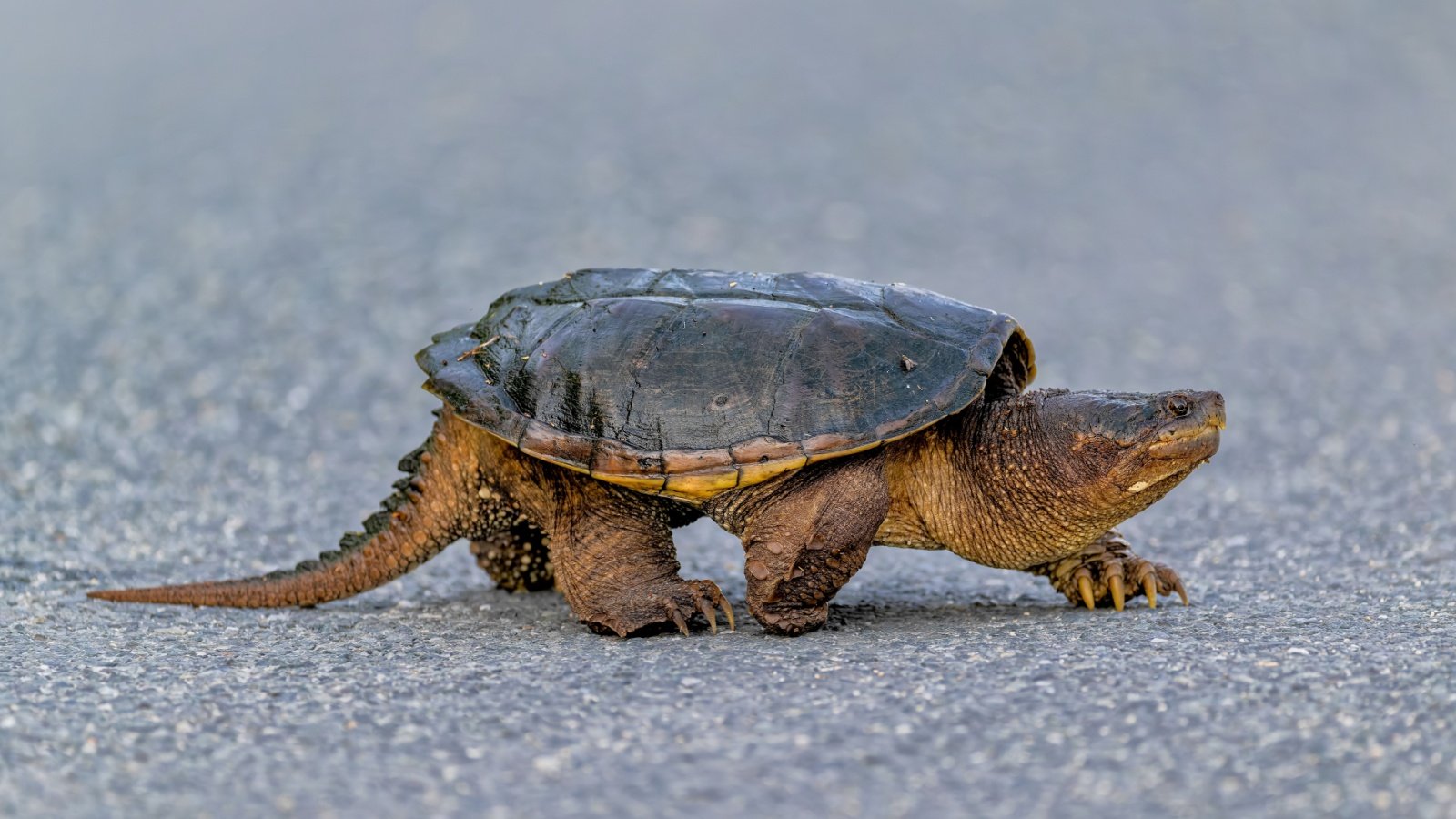
Turtles have been plodding along Earth’s surfaces for over 200 million years. Their protective shells and slow metabolism contribute to their longevity. Found in diverse environments, from deserts to oceans, turtles are symbols of endurance and resilience.
Echidna
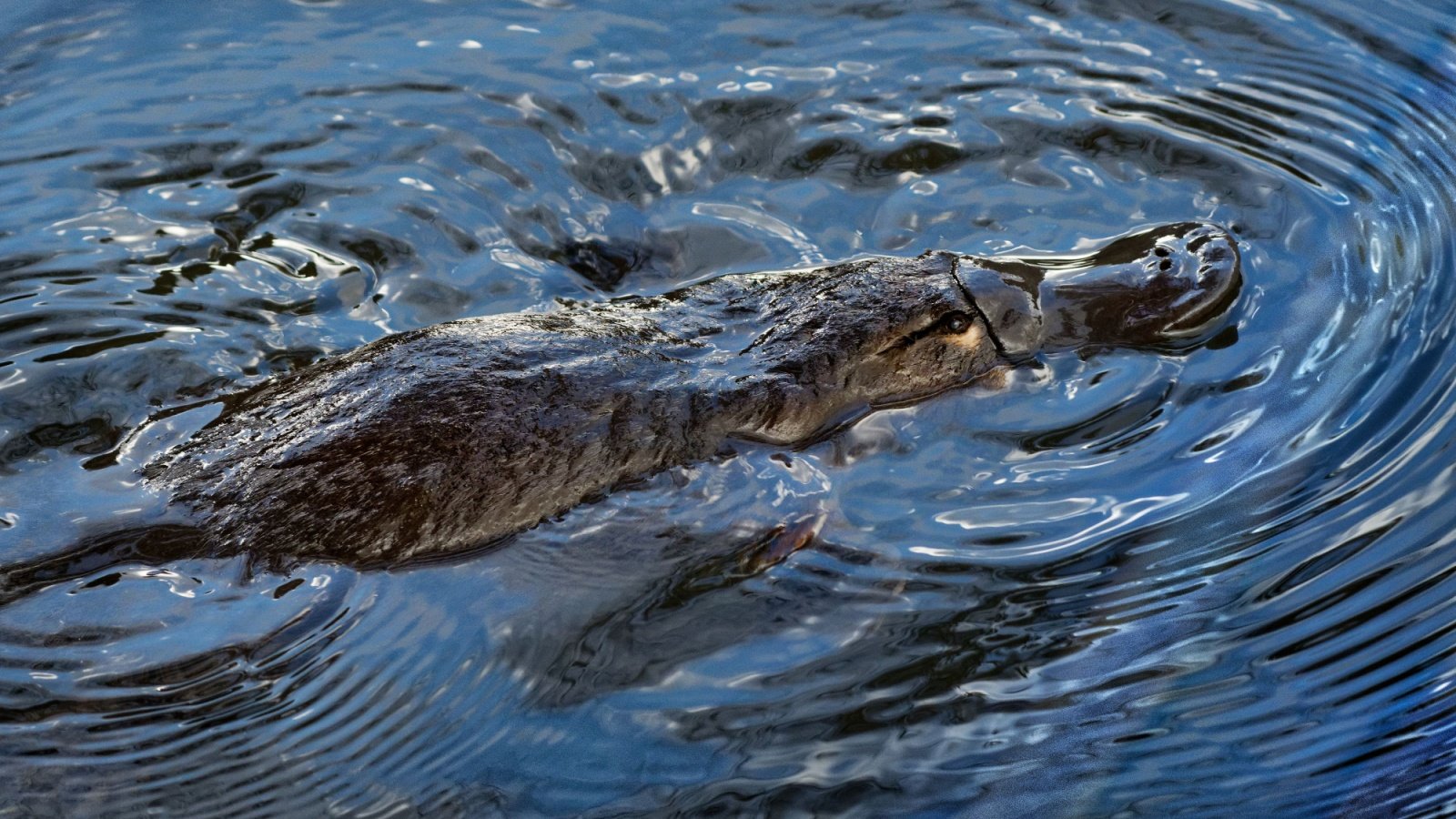
Echidnas, along with the platypus, are monotremes—egg-laying mammals dating back 200 million years. These spiny creatures have a unique electroreception ability to detect prey. Found in Australia and New Guinea, they are solitary and highly adaptable.
Salamanders
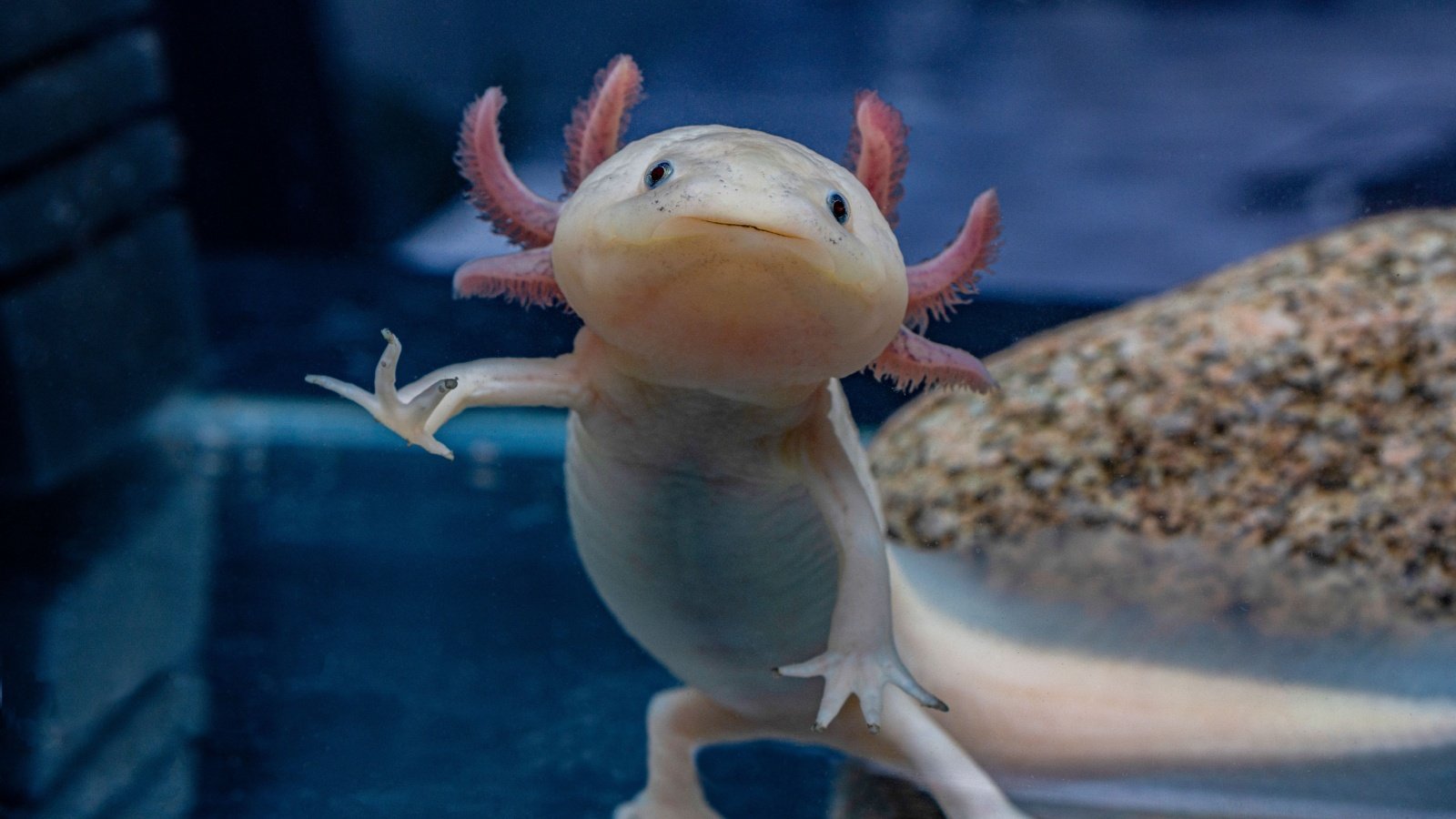
Salamanders, amphibians with a lineage dating back 160 million years, come in various shapes and sizes. Some species, like the axolotl, retain their larval features throughout life. Salamanders are known for their remarkable regenerative abilities, which are capable of regrowing lost limbs.
Alligator Gar
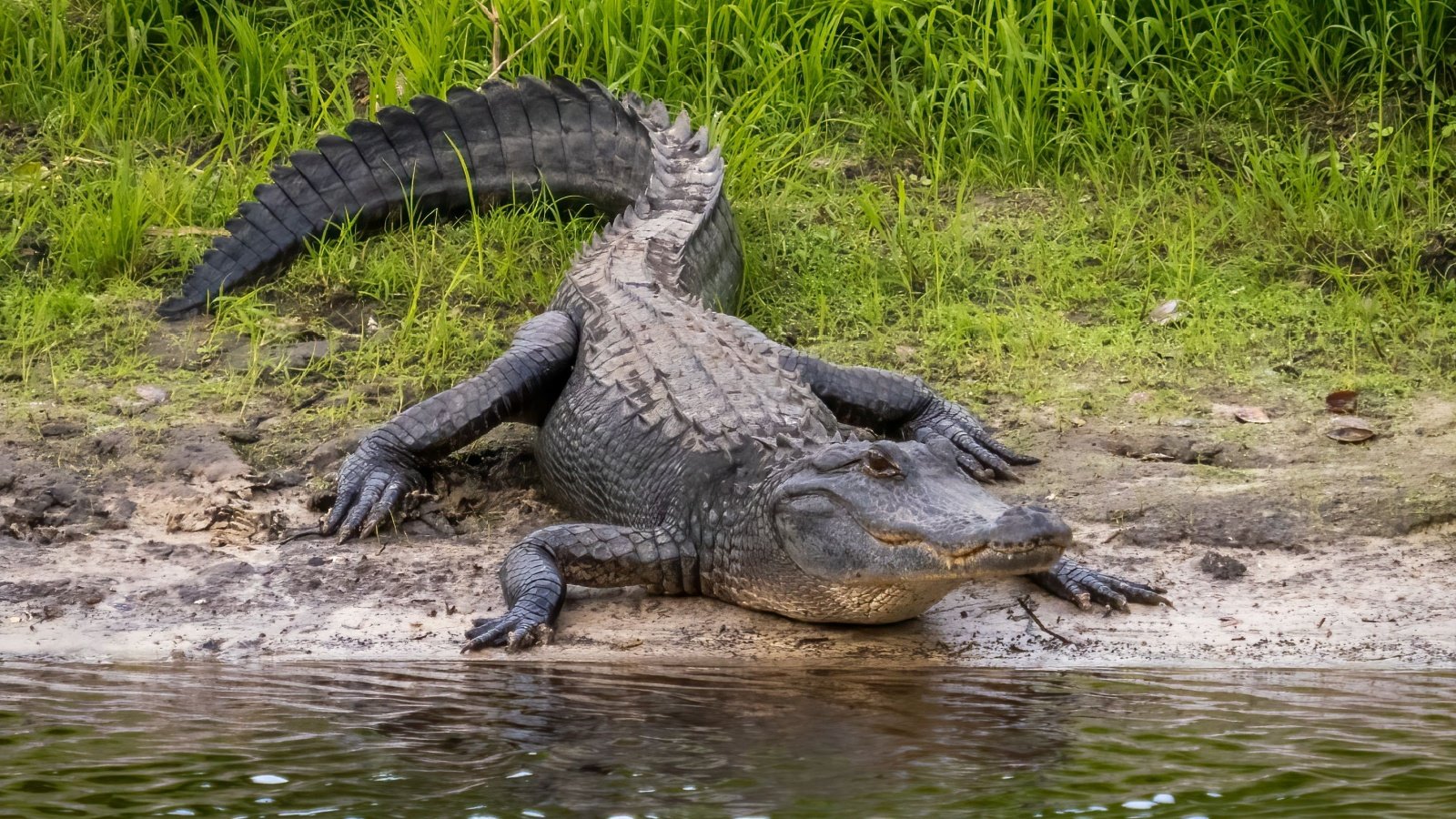
Alligator gars, with their long, toothy snouts, have remained virtually unchanged for over 100 million years. These freshwater giant fish can grow up to 10 feet long and weigh over 300 pounds. Their tough, armor-like scales offer protection against predators.
Horses

Modern horses can trace their ancestry back 50 million years to small, multi-toed creatures. Over millions of years, they evolved into the large, single-hoofed animals we know today. Horses have played a significant role in human history, from transportation to companionship.



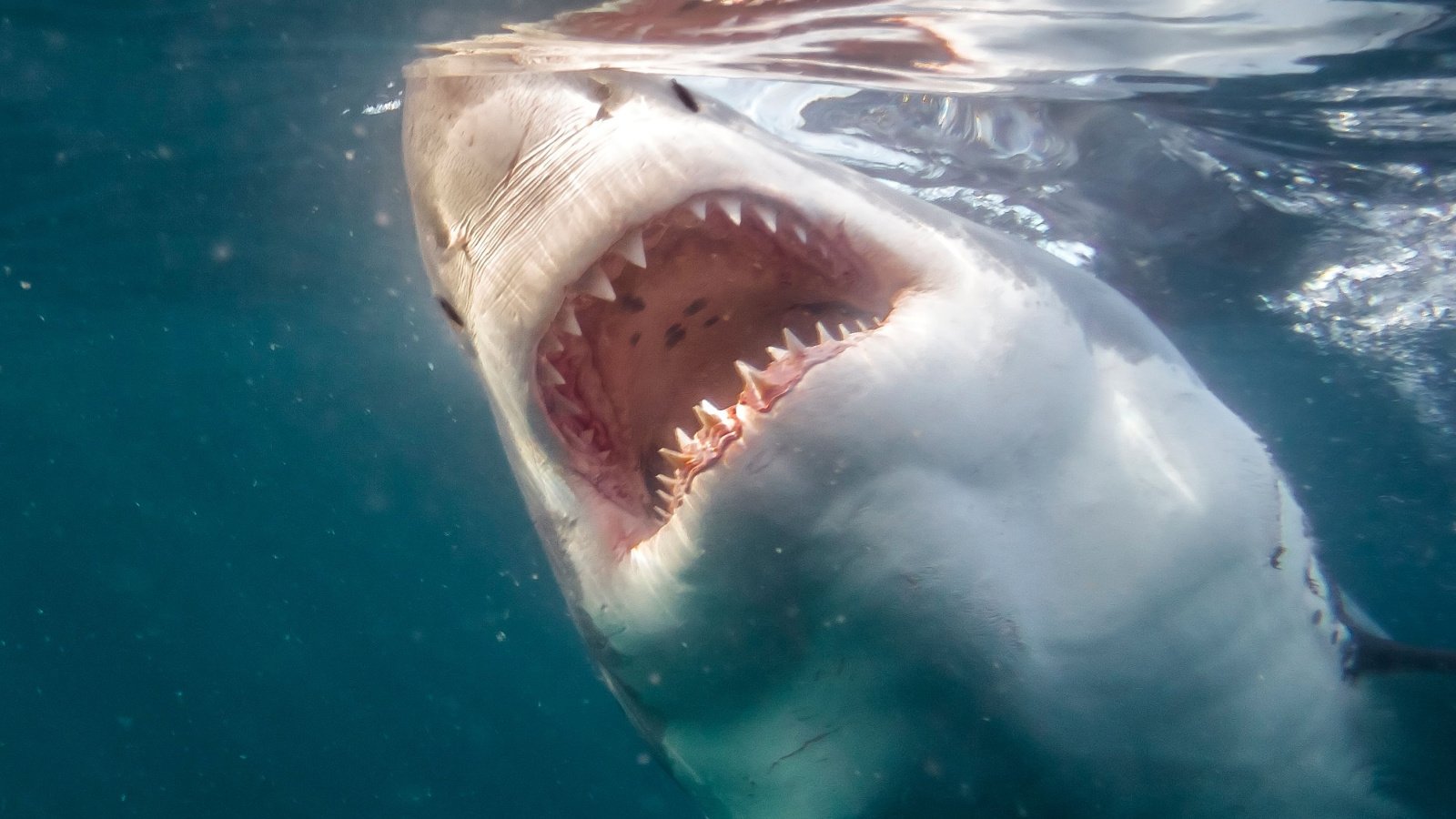





Das Fürstentum ist sowohl für erfahrene Spieler als
auch für Neulinge ein unumgängliches Reiseziel und verkörpert eine weltweit
einzigartige Vision des Glücksspiels. Die Pracht der Belle-Époque-Salons dürfen auch Nichtspieler besichtigen. Jeder (auch Kinder) kann
die besuchen ordinaires salons und private Salons auf einer selbstgeführten Audiotour in den Morgenstunden, wenn die Kleiderordnung entspannt ist und kein Glücksspiel stattfindet.
Das Casino de Monte Carlo ist unterteilt in ordinaires salons (gewöhnliche Räume),
private Salons (Privatzimmer) und salons super-privés (die ausschließliche Domäne ernsthafter
Spieler). Personen zwischen 6 und 18 Jahren können an der Audioguide-Tour teilnehmen (die vor Beginn des Glücksspiels verfügbar ist).
Oft wird Monte-Carlo fälschlicherweise als Hauptstadt des Stadtstaates bezeichnet.
In der Nähe des Casinos befinden sich auch mehrere Grünanlagen, wie die Jardins de la Petite Afrique („Gärten Klein-Afrikas“),
in der 1881 der Botaniker und Gartengestalter Édouard François André eine subtropische Vegetation anpflanzen ließ.
Auch der Circuit de Monaco, auf dem der Große Preis von Monaco ausgetragen wird, führt zum Teil durch Monte-Carlo.
Der Audioguide führt Sie durch die verschiedenen Säle, vom Atrium bis zum
Jean Médecin-Saal. Wir gingen gleich nach der Eröffnung
dorthin und es waren einige Gruppen anwesend.
Siehe die neuesten Informationen auf der offiziellen Website hier.
Eine behindertengerechte Toilette befindet sich
in der Buddha Bar.
References:
https://online-spielhallen.de/spinanga-casino-cashback-dein-ruckerstattungs-vorteil/